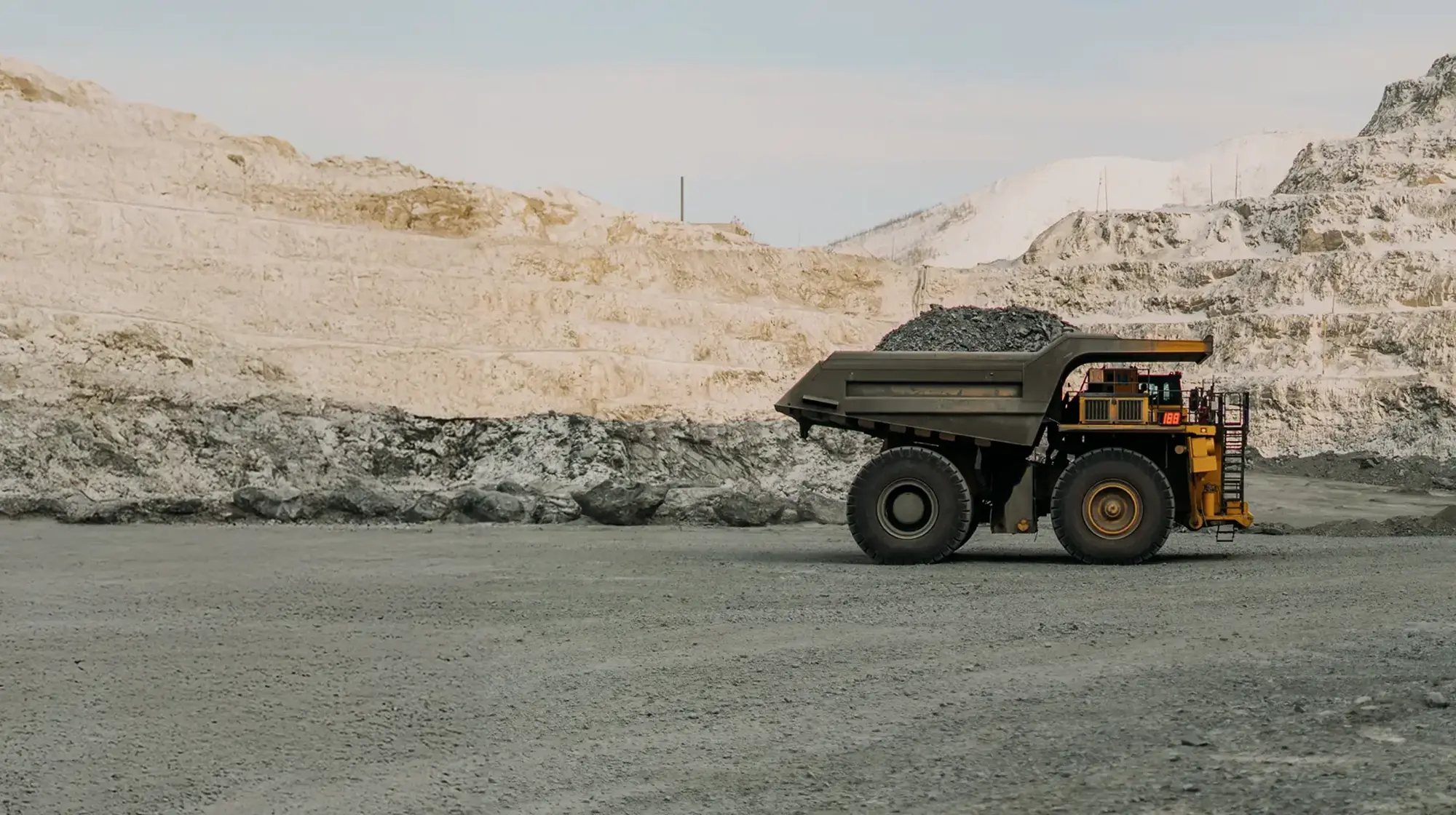Reports related to this article:
Project(s): View 4 related projects in PECWeb
Plant(s): View 1 related plant in PECWeb
Released April 30, 2013 | JOHANNESBURG
en
Written by Richard Finlayson, Senior International Editor for Industrial Info Resources (Sugar Land, Texas)--When you are a company pursuing the largest foreign investment project in India's history, you would expect that after a couple of years of finessing interest groups and the government, some clarity and direction would emerge. For POSCO (NYSE:PKX) (Seoul, South Korea), it appeared that a go-ahead for its $12 billion steel mill project was certain, but it now seems that the company can consider the deal done only when, and if, the plant is up and running.
For more information, see June 11, 2012, article - After Seven-Year Wait, POSCO's Mega Indian Steel Project Looking Good to Go.
A federal government committee has submitted a report to the Indian Ministry of Environment and Forests, which says that the project proposal may have to undergo a radical change, including site layout; an environmental study; consideration of the livelihood of the local people; water requirements; and waste disposal management.
A statement made in the committee, during a visit to the project site, said that the requirement for the project had been reduced to 2,700 acres, leaving out private land where betel nuts are grown by villagers.
The state government is indicating that the size of the steel plant output has been reduced from 12 million tons per annum (mtpa) to 8 mtpa. POSCO has refuted this, saying that the plan was a first phase of 8 mtpa, followed by a second phase of up to 12 million tons per annum.
The committee's report also objected to any move to draw underground water, as water is a critical issue. It cast doubt on the clarity of environmental issues addressed and about POSCO's project captive port.
For related information see February 28, 2013 -- POSCO Ready to Target Steel Production at Mega Indian Project After Eight Years of Delays.
Industrial Info Resources (IIR), with global headquarters in Sugar Land, Texas, and eight offices outside of North America, is the leading provider of global market intelligence specializing in the industrial process, heavy manufacturing and energy markets. Industrial Info's quality-assurance philosophy, the Living Forward Reporting Principle, provides up-to-the-minute intelligence on what's happening now, while constantly keeping track of future opportunities.
For more information, see June 11, 2012, article - After Seven-Year Wait, POSCO's Mega Indian Steel Project Looking Good to Go.
A federal government committee has submitted a report to the Indian Ministry of Environment and Forests, which says that the project proposal may have to undergo a radical change, including site layout; an environmental study; consideration of the livelihood of the local people; water requirements; and waste disposal management.
A statement made in the committee, during a visit to the project site, said that the requirement for the project had been reduced to 2,700 acres, leaving out private land where betel nuts are grown by villagers.
The state government is indicating that the size of the steel plant output has been reduced from 12 million tons per annum (mtpa) to 8 mtpa. POSCO has refuted this, saying that the plan was a first phase of 8 mtpa, followed by a second phase of up to 12 million tons per annum.
The committee's report also objected to any move to draw underground water, as water is a critical issue. It cast doubt on the clarity of environmental issues addressed and about POSCO's project captive port.
For related information see February 28, 2013 -- POSCO Ready to Target Steel Production at Mega Indian Project After Eight Years of Delays.
Industrial Info Resources (IIR), with global headquarters in Sugar Land, Texas, and eight offices outside of North America, is the leading provider of global market intelligence specializing in the industrial process, heavy manufacturing and energy markets. Industrial Info's quality-assurance philosophy, the Living Forward Reporting Principle, provides up-to-the-minute intelligence on what's happening now, while constantly keeping track of future opportunities.


